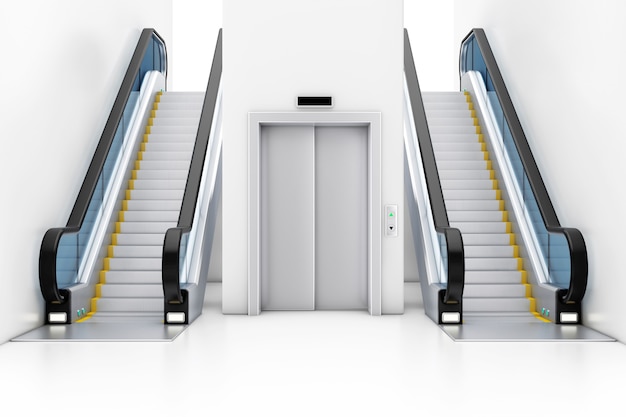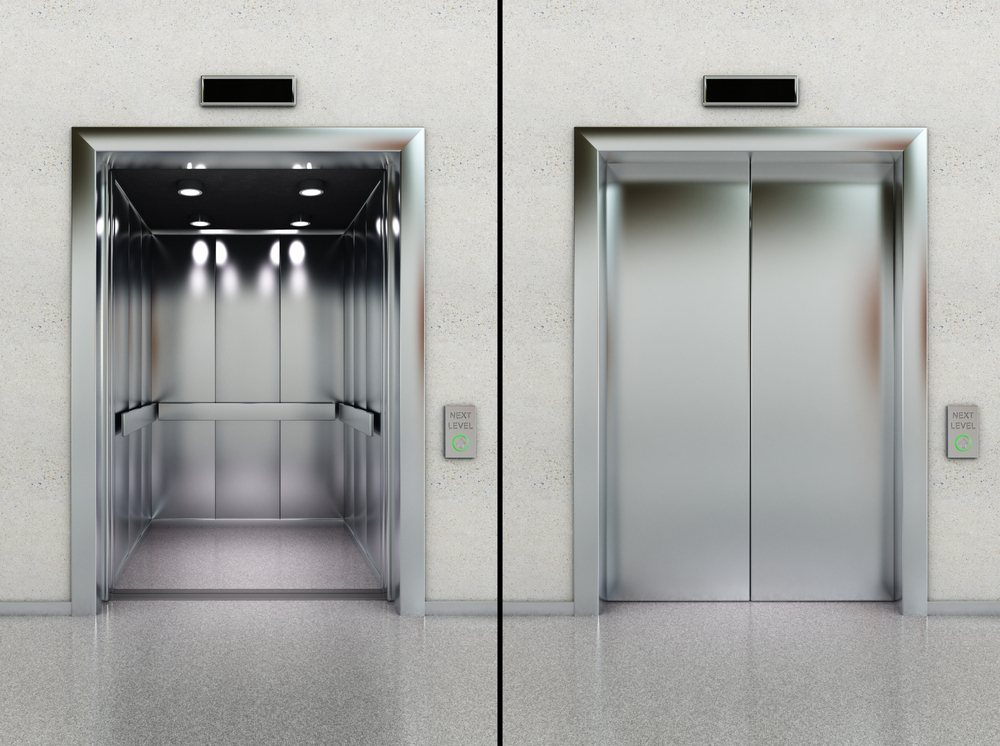Discover the Best Disabled Platform Lifts Prices UK for Residential and Commercial Use
Discover the Best Disabled Platform Lifts Prices UK for Residential and Commercial Use
Blog Article
Looking Into the Globe of Lifts: Common Issues Faced by Numerous Lift Devices
As we navigate via the upright transport systems of contemporary buildings, elevators stand out as an essential element of our daily lives. From hydraulic lifts to grip systems and machine-room-less styles, each lift type comes with its set of usual concerns.
Hydraulic Elevators
Hydraulic elevators, usually favored for low-rise buildings, make use of fluid stress to regulate the movement of the elevator cars and truck (lift repair companies). This device entails a hydraulic pump pressing oil into a cyndrical tube, creating the lift to relocate the wanted direction. While hydraulic lifts are understood for their smooth and peaceful procedure, they do come with their own set of common problems
One widespread trouble with hydraulic lifts is oil leak. The seals in the hydraulic system can wear gradually, causing oil infiltration. This not just creates a mess yet can likewise affect the lift's performance if left unaddressed. Additionally, issues with the control system, such as damaged valves or a malfunctioning pump, can trigger disruptions in the lift's movement.
Routine maintenance and timely fixings are necessary to ensure the smooth performance of hydraulic elevators. By resolving these typical concerns proactively, building proprietors can lessen downtime and make sure the safety and effectiveness of their upright transportation system.
Traction Elevators
When considering vertical transport systems in structures, another usual type apart from hydraulic elevators is the traction elevator. Grip lifts operate using a system of ropes and weights that move the lift cars and truck by gripping onto the hoist ropes. This device permits for smoother and faster upright transportation contrasted to hydraulic systems.
One of the typical concerns dealt with by traction lifts is rope wear. The continuous activity of the ropes within the grip system can cause tear and wear with time, potentially creating the lift to breakdown or end up being harmful for usage. Regular inspections and upkeep of the ropes are necessary to make certain the elevator's correct performance and security.
One more issue that grip lifts might experience is associated with the control system. Issues with the control system can cause problems such as erratic motion, delays in reaction times, or even complete closures. Routine screening and upkeep of the control system are crucial to stop such issues and make certain the elevator's dependability.
Machine-Room-Less (MRL) Lifts

Among the essential parts of MRL lifts is the compact gearless grip device that is mounted within the hoistway. This maker efficiently drives the elevator vehicle without the requirement for large tools located in traditional grip lifts. Furthermore, MRL lifts typically use a counterweight system to stabilize the vehicle, further improving their power effectiveness.
Regardless of their benefits, MRL elevators may encounter challenges associated to upkeep and repair because lift repair near me of the confined area for devices installment. Availability for servicing components within the shaft can be limited, requiring specialized training for professionals. Appropriate upkeep schedules and routine examinations are vital to make sure the ongoing smooth operation of MRL lifts.
Overloading and Weight Restriction Issues
Are elevators equipped to deal with excess weight loads efficiently and safely? Straining and weight limit problems are important worries in elevator procedures. Lift makers layout raises with particular weight abilities to make sure guest safety and devices long life. Going beyond these weight restrictions can lead to various issues, consisting of mechanical failings, hold-ups, and safety threats.
When elevators are overloaded, it places extreme strain on the electric motor, cable televisions, and various other parts, possibly creating failures or breakdowns. If they detect excess weight, safety and security devices such as sensing units and overload sensors are in place to protect against lifts from relocating. In addition, going beyond weight restrictions can cause increased power consumption and deterioration on the elevator system.
To minimize straining issues, constructing managers need to prominently present weight limitations in elevators and enlighten occupants on the significance of sticking to these restrictions - lift repair companies. Normal maintenance checks by qualified service technicians can also help make sure that elevators are running within risk-free weight specifications. By attending to overloading and weight restriction problems proactively, structure owners can improve elevator safety and effectiveness
Electrical System Failings
Surpassing weight limitations in lifts can not only lead to mechanical concerns but also potentially contribute to electrical system failures within the lift infrastructure. Electric system failings are a vital concern in elevator operation, as they can trigger unanticipated shutdowns, breakdowns, or even security risks.
Normal maintenance and evaluations are crucial to determine and attend to prospective electrical concerns promptly, making sure the risk-free and efficient operation of lift systems. By sticking to weight limitations and carrying out regular electric system checks, structure owners can alleviate the threat of electric failures in elevators.
Final Thought

Hydraulic lifts, commonly favored for low-rise structures, use fluid pressure to regulate the motion of the lift car.When taking into consideration upright transport systems in buildings, an additional common type apart from hydraulic elevators is the grip elevator. Grip elevators run using a lift repair near me system of ropes and weights that move the elevator car by clutching onto the hoist ropes. Unlike typical lifts that call for a separate machine area to house the tools, MRL lifts integrate most of the components within the shaft, getting rid of the demand for a devoted maker room.In verdict, elevators face common concerns such as hydraulic breakdowns, grip system failings, and electrical system problems.
Report this page